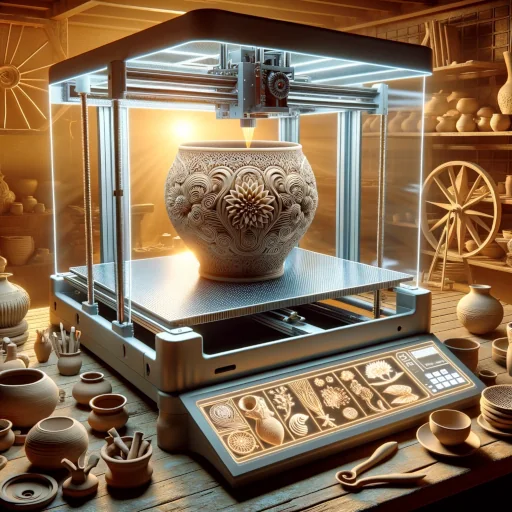Ceramic Tool Making
EASY Homemade Pottery Tools – CHEAP and EASY! Learn how to make a ceramic bowl without a pottery wheel! #pottery #ceramic #howto #arttutorial Ceramic leaf dish – Quick ideas for beginners Basics of Ceramic Handbuilding: Pinchpot, Coiling & Slab Building How to cheat at making plates on the pottery wheel! #pottery #ceramic #art #wheelthrowing #howto … Read more
